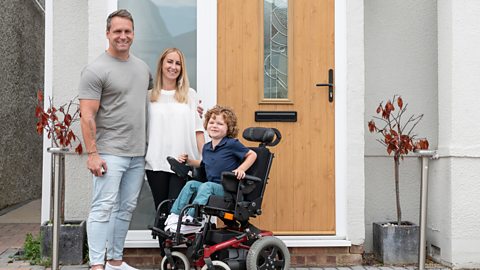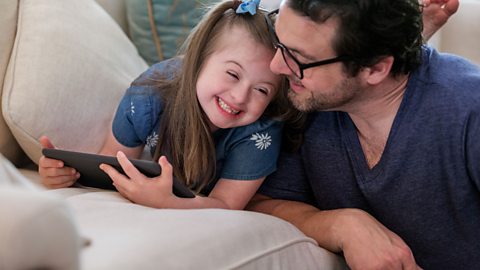This article was first published in October 2019
by Madeline Pilbury, mum to four-year-old Eleanor
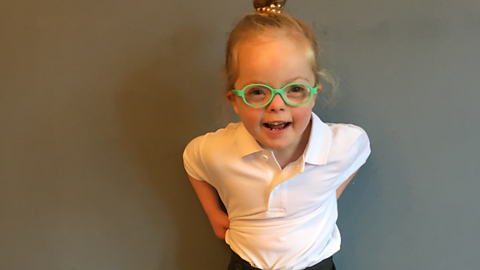
Eleanor was diagnosed with DownÔÇÖs Syndrome at birth so we always knew she would have learning difficulties and would need extra help and support at school.
Eleanor attended nursery from 10 months old and at this stage, didnÔÇÖt need much more assistance than the other babies in her room. The staff to baby ratio was high enough to give her all the help she needed. However for school, it was clear she would need more support.
The Education Health Care (EHC) assessment
The first stage was to ask the Local Education Authority (LEA) for an EHC (Early Health Care) assessment. This is where they decided whether Eleanor needed an EHC plan or if her needs could be met within existing provision.
We were lucky to have an excellent and very experienced Special Educational Needs Co-ordinator (SENCo) at the nursery, and they set the ball rolling early on. Every LEA has a different process, which depends on where you live, but the systems will be similar. In my area you can apply for Enhanced Temporary Additional Early Years Support (ETAEYS- another acronym!) Our SENCo advised that if we did this first, we could show that Eleanor had used additional support and needed it to continue.Our SENCo supported us through this process as well as applying for the EHCP.
Gather all the information
We asked everyone involved in EleanorÔÇÖs care to write a report to include in her EHC application. For us this was her paediatrician, cardiologist, speech & language therapist, physiotherapist, audiologist, ophthalmologist and the nursery staff. At this point, we were still waiting to see an occupational therapist, so we noted this in the application. It was really important to paint a really clear picture of EleanorÔÇÖs needs because the person who would be making the decision about her EHCP had never met her.
Within a few weeks of submitting the EHC application, we received the decision that the LEA had agreed to make an EHC plan (EHCP) for Eleanor. I knew of people whose application had been refused at this stage, but remember you can appeal if you disagree with this decision.
It was at this point of agreeing to create an EHCP that the LEA put all their information together to show each of EleanorÔÇÖs additional needs and how they could be supported at school.
Things had progressed with EleanorÔÇÖs support by this time and she was seeing an educational psychologist, who provided a report, plus we had some more up-to-date reports from speech & language and occupational therapists, both of which would help in creating the most suitable EHCP. We knew that each individual need must be identified separately so that strategies can be put in place to support them. For example, Eleanor can understand visual instruction much better than spoken instruction, so a visual picture timetable can help her understand what is happening in the school day.
EleanorÔÇÖs main barrier to education is communication. She understands a lot of what is happening around her but her spoken language is very delayed and she is not able to articulate what she wants to say. We use some Makaton signing (like CBeebies ÔÇÿMr TumbleÔÇÖ uses) to support her language development. EleanorÔÇÖs nursery also had Makaton trained staff and we were very keen for this to continue into primary school, so she could understand and be understood.
Once the LEA had collected all the reports and evidence together, they wrote the first version of the EHC plan and sent out a draft.
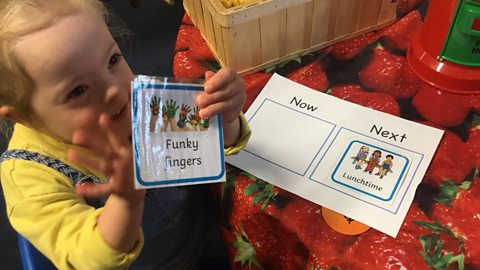
Getting extra help and support
When we received the draft copy of EleanorÔÇÖs report, we were disappointed as it seemed quite vague. It was not specific about the level of therapy input she would receive at school and it did not include any provision for staff Makaton training.
At this stage we felt we needed some more support and advice to ensure that Eleanor had a robust plan. We approached our local Independent Advice and Support Services (IASS) and had a good look at the Independent Provider of Special Education Advice (IPSEA) website. I immediately wished I had looked here sooner as here was a wealth of information about EHCPs and which needs should be included in which section.
ItÔÇÖs important to note that any therapies that help a child to access education, even if they are provided by health services, should be in the education section of the plan. For example, Speech & Language Therapy - even though it is a health service, is nearly always classed as an educational need, since it is so central to accessing education.
Once a need is identified in the education section of the EHCP, the LEA has a statutory duty to provide it.
I was advised to imagine being a fly on the wall in her classroom, considering what she needs at every point in the day to be able to access education. Eleanor loves to sit and watch others and would quite happily sit and play by herself or watch her friends work in the classroom, but this wouldnÔÇÖt really be ÔÇÿaccessing educationÔÇÖ to achieve her best possible outcomes. The IPSEA website was great at guiding us so we could challenge the provision that was outlined on EleanorÔÇÖs draft plan and make sure it was timed and specific.
Challenging decisions
Once we received the draft plan, our options were to either; a) accept the plan b) ask for mediation with the LEA to discuss the plan or C) proceed straight to tribunal. We opted for discussing the plan with the LEA as we felt our concerns were fair and our requests were reasonable. There is always the option to proceed to tribunal if mediation doesnÔÇÖt work out.
The whole process has been a big learning curve for us. We now know a whole new language of acronyms (SENCo, EHCP, LEA, IPSEA). We have had to be quite tenacious and push for specific provision. ItÔÇÖs hard and tiring to keep challenging the systems. We know everyone involved in the process has good intentions but it doesnÔÇÖt always go smoothly. As a parent, you know your child best and itÔÇÖs so important to persevere and ask for help along the way.
Glossary
SENCo ÔÇô Special Educational Needs Coordinator
EHCP ÔÇô Education Health Care Plan
LEA ÔÇô Local Education Authority
IPSEA - Independent Provider of Special Education Advice
Know someone who has recently started school or will be beginning next September? Check out the rest of which has lots of ways to help prepare children for different aspects of school life ÔÇô both practically and emotionally.

More from ┤¾¤¾┤½├¢ Bitesize Parents' ToolkitÔǪ
Starting primary school with SEND
Madeline explains what happened when her daughter Eleanor, who has Down's Syndrome, started primary school.
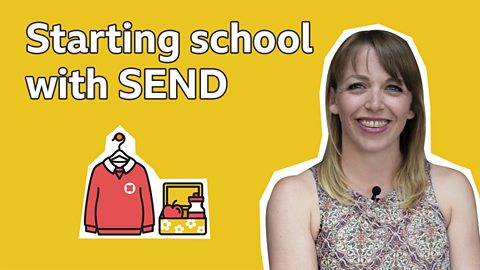
Special Educational Needs and Disabilities collection
All of the Starting Primary School content featuring advice and stories for parents of children with SEND.
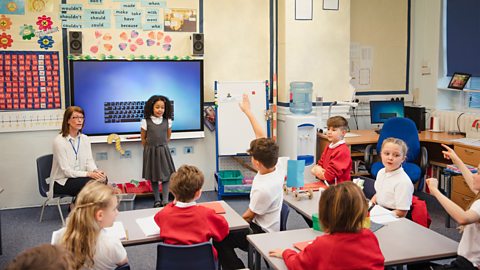
More Starting Primary School videos and articles
Head to our homepage to help you and your child prepare for starting primary school and thrive in school life.
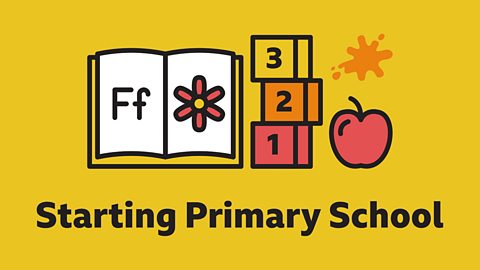
Parents' Toolkit
Fun activities, real-life stories, wellbeing support and loads of helpful advice - we're here for you and your child.
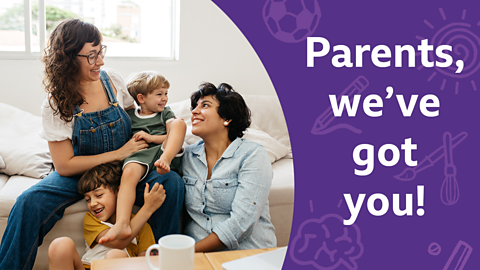
Things to consider on a school visit for your child with SEND
Questions to ask while visiting a mainstream or specialist school for your child with SEND.
